Foreword
This article refers to the address: http://
In recent years, the automotive market has paid more and more attention to high efficiency, low fuel consumption, and improved environmental resistance and safety performance, and the installation rate of electronic equipment has also increased. In addition, at the same time, it is necessary to ensure the space inside the vehicle and the weight of the vehicle body. Therefore, the mounted electronic device has to be characterized by miniaturization, and the mounted circuit board must also be miniaturized.
On the other hand, a multilayer ceramic capacitor (MLCC) that is directly connected to a power supply for smoothing use and noise removal is common in order to arrange two in parallel for fail-safe operation. Mainly in the processing of the board after the board is installed, mechanical stress and the like may cause cracks in the MLCC, and such cracks are likely to cause the worst consequences of combustion at the time of energization. In order to avoid such a consequence, the countermeasure is to arrange two MLCCs in parallel, and even if one MLCC is cracked due to mechanical stress, the battery is not subjected to impact. However, due to the miniaturization of electronic equipment, it is necessary to reduce the number of components.
If the improved board bending flexibility MLCC (GCJ series, KCM/KC3 series of Fig. 1) is used, this series is dedicated to crack deflection, and it is possible to replace two MLCCs connected in parallel by one MLCC. In this chapter, we will introduce the two series of improved board bending resistance.
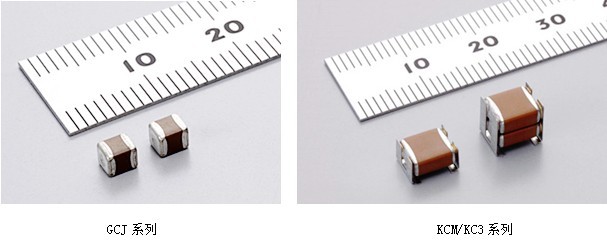
GCJ Series KCM/KC3 Series
Figure 1: Resin electrode multilayer ceramic capacitors for vehicles (GCJ series) and multilayer ceramic capacitors with metal terminals (KCM/KC3 series)
GCJ, KCM/KC3 series improve board crack deflection
The 2-terminal MLCC causes cracks like the one in Figure 2 due to excessive mechanical stress. The front end portion of the folded electrode of the external electrode is subjected to deflection stress concentrated in the circuit board, and cracks are generated from the MLCC from here. In order to design a product that does not allow the deflection stress of such a board to affect MLCC, the improved GCJ and KCM/KC3 series which are resistant to circuit board bending have emerged.
The structural diagrams of the GCJ series and the KCM/KC3 series are shown in Figure 3. The GCJ series has a resin electrode between the base electrode of the external electrode and the electroplated nickel/tin electrode. Since the elasticity of the resin absorbs the deflection stress of the circuit board, and the external electrode of the resin relatively weakens the destructive force of the crack on the ceramic, the deflection stress of the circuit board can be alleviated.
In the KCM/KC3 series, a metal terminal electrode is used as a bonding material (lead-free high-temperature soldering) on ​​the MLCC, and the structure is relatively easily joined, and the metal terminal is bonded to the circuit board as a medium. Due to the elastic action of the terminal electrode, the stress from the board is alleviated, ensuring high reliability. More importantly, it overlaps the two capacitors, reducing the mounting space compared to two circuits of equal capacity capacitors arranged side by side.
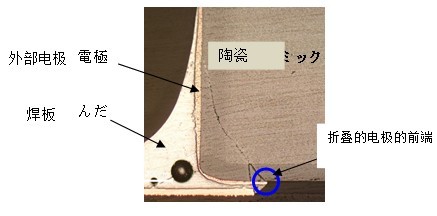
Figure 2: General MLCC board deflection stress (cross-sectional photo)

GCJ series structure diagram

KCM/KC3 series structure diagram
Figure 3: Construction diagram of the GCJ, KCM/KC3 series
For the evaluation of the deflection stress of the board, as shown in the figure, the experiment is resistant to the bending of the board.
Experimental circuit board: epoxy glass circuit board (FR-4, 1.6mm thickness)
Deflection speed: 1mm / sec
Number of experimental samples: 10
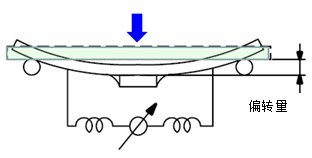
Figure 4: Schematic diagram of the board bending resistance test
Based on this evaluation result, the comparison of the residual ratio of the MLCC (GCM series) which is generally used for two terminals is shown in FIG. 5.
In the GCJ and KCM/KC3 series, when the deflection of the board is 6 mm, the damage to the ceramic part is not seen, and the bending resistance of the board is improved as compared with the GCM series.
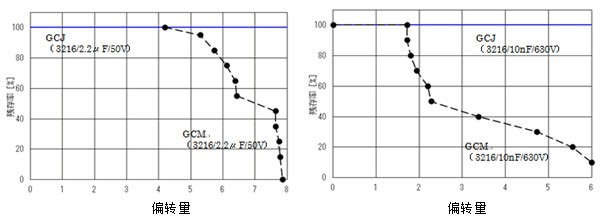
GCJ series
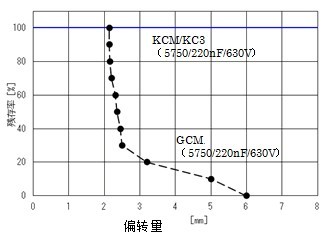
KCM/KC3 series
Figure 5: CTJ, KCM/KC3 series resistance to board bending test results
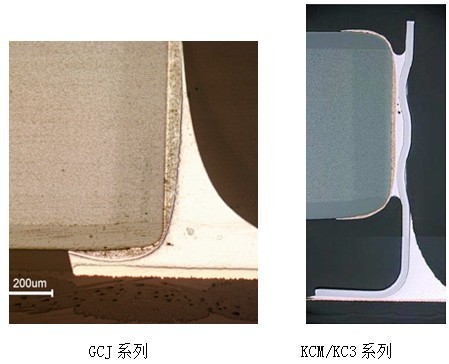
Figure 6: Cross-sectional photo after bending resistance of the board
In addition, in addition to the deflection stress of the board, the KCM/KC3 series is likely to achieve products that improve weld cracks due to thermo-mechanical stress. Shown in Figure 7 is a cross-sectional picture of the KCM/KC3 series after temperature cycling.
In the case of the GCM series, weld cracks occur in the case of a 1000° temperature cycle, and in the case of the KCM/KC3 series, weld cracks are not seen even at 2000° temperature cycles, and high reliability can be ensured for thermal stress.
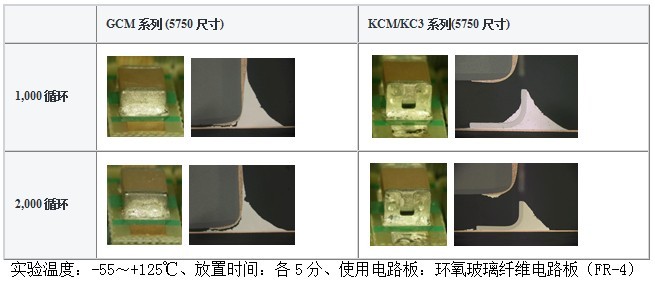
Figure 7: Comparison of solder cracks caused by thermal stress
Product list
A summary of the 125°C corresponding products of the GCJ series and KCM/KC3 series is shown in Fig. 8.
The GCJ series 1608-5750 size and 6.3V-1,000V are being commercialized. In addition, the products used in the high temperature environment of 150 ° C which are not shown here are also being commercialized.
KCM/KC3 series 5750 size, 25-630V are being commercialized, including primary products and secondary products. The noise removal and smoothing use of the DC-DC converter can be used for a wide variety of applications.

GCJ series

KCM series

KC3 series
Figure 8: List of GCJ, KCM/KC3 series products
Future prospects
The installation rate of electronic equipment installed in automobiles is expected to increase in the future, and the demand for electronic components to be used will continue to be smaller, larger, and longer. Murata continues to actively contribute to the development of the automotive market by improving the GCJ and KCM/KC3 series of smaller, larger-capacity, high-temperature products corresponding to temperatures above 150 degrees. Contribute.
The industrial tablet computer is a tablet computer used in industrial control. The whole machine has perfect performance and has the performance of common commercial computers in the market. The difference from the civilian Tablet Pc is the internal hardware. Most of the industrial product choices are industrial motherboards, and most of them are specially customized for the industrial control field. The wide temperature adaptability is good and can meet the needs of various harsh environments. It differs from commercial motherboards in that it is not mass-produced and the product model is relatively stable. It can also be seen that the price of industrial tablet computers is also higher than that of civilian tablet computers, and the other is the RISC architecture. The industrial requirements are relatively simple and simple, and the performance requirements are not high, but the stability is particularly good.
Dell Tablet Computers,Rugged Windows Tablet,Windows Tablet Computer,Rugged Windows Tablet Pc
Shenzhen Hengstar Technology Co., Ltd. , https://www.angeltondal.com